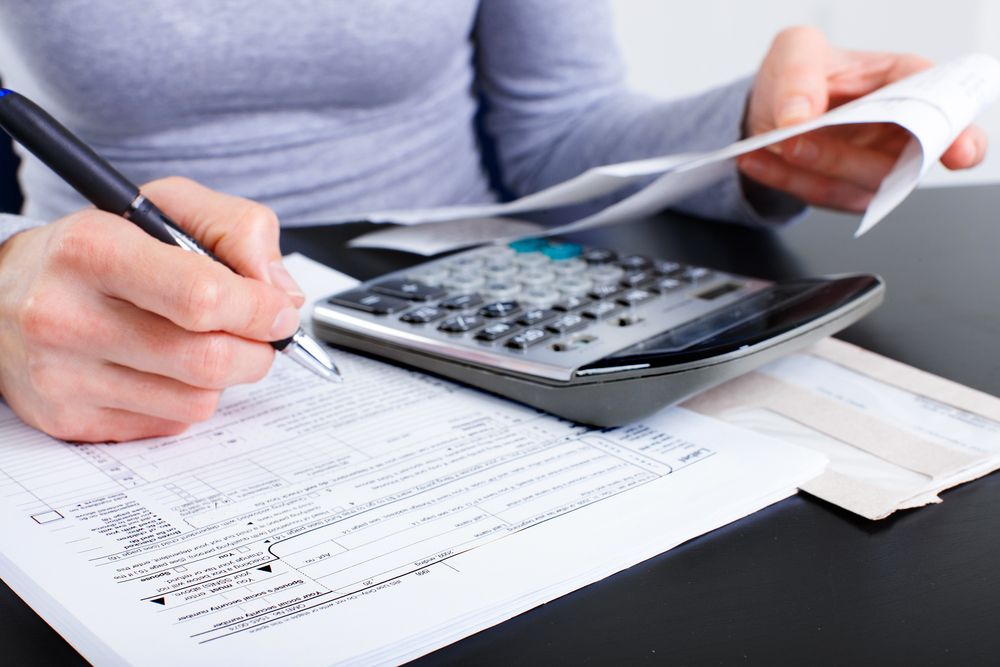
Welcome to the world of remote work, where your home doubles as your office and your daily commute is just a short stroll to your desk. But did you know that your home office can also provide financial benefits when it comes to tax time? That’s right, if you’re a remote worker, you may be eligible to claim deductions on your taxes for the use of your home office. In this guide, we’ll walk you through the steps to determine if you qualify and how to make those deductions work for you.
Understanding Eligibility for Home Office Deductions
Before you start dreaming of all the tax savings you’ll enjoy, it’s essential to understand the eligibility criteria for claiming home office deductions. The IRS sets forth specific guidelines that determine who can take advantage of these deductions. Firstly, your home office must be used regularly and exclusively for business purposes. This means the space cannot double as a guest room or a place where you occasionally work on your business.
Secondly, the home office must be your principal place of business. This is generally easier for remote workers who don’t have another office elsewhere. If you meet clients or patients in your home, that can also help establish your home as your principal place of business. Keep in mind that if you’re an employee, there are additional requirements—your use of the home office must be for the convenience of your employer, not just because you prefer to work from home.
Calculating Your Home Office Deduction
Once you’ve established eligibility, you’ll need to determine the amount you can deduct. There are two methods for calculating your home office deduction: the simplified option and the regular method. The simplified option allows you to deduct $5 per square foot of your home used for business, up to 300 square feet, for a total deduction of up to $1,500.
If you opt for the regular method, you’ll calculate your deduction based on the percentage of your home devoted to office use. You’ll need to figure out the total square footage of your home and the square footage of your office space. Then, you can deduct that percentage of your home expenses, such as mortgage interest, insurance, utilities, repairs, and depreciation. This method requires more detailed record-keeping but could result in a larger deduction if your home office expenses are significant.
Record Keeping and Documentation
Documentation is critical when claiming home office deductions. The IRS may request evidence of your expenses and the use of your home office. Keep all receipts, bills, and other records that support your deduction claims. This includes records of home improvements, utility bills, and insurance payments. If you’re using the regular method, maintain a detailed log of your expenses and the time you spend in your home office.
It’s also a good idea to take pictures of your home office setup to show its exclusive use for business purposes. In the event of an audit, these records and photos will be invaluable in proving your eligibility for the home office deduction.
The Impact of Remote Work on Home Office Deductions
The rise of remote work has brought increased attention to home office deductions. More people than ever are taking advantage of the opportunity to work from home, and the IRS recognizes this shift. If you’ve started working remotely, it’s worth exploring whether you can claim a home office deduction.
Remote workers who are self-employed generally have an easier time claiming the home office deduction, as they can clearly demonstrate that the home office is their principal place of business. However, employees who work from home may also qualify if they can show that their home office is necessary for their employer’s business and not merely convenient for their own work habits.
Common Mistakes to Avoid with Home Office Deductions
When claiming home office deductions, it’s easy to make mistakes that can either lead to a missed deduction opportunity or raise red flags with the IRS. Avoid claiming expenses that don’t directly relate to your home office, such as renovations to other parts of your home or personal expenses. Be cautious not to overestimate the size of your home office or claim the deduction without meeting the strict use requirements.
Another common mistake is not claiming the deduction at all for fear of triggering an audit. While it’s true that claiming home office deductions can lead to scrutiny, as long as you’re honest and have the documentation to back up your claims, there’s no reason to miss out on a legitimate tax-saving opportunity.
As a remote worker, your home office can not only provide the convenience and comfort of working from home but also potential tax benefits. Understanding the eligibility requirements, choosing the right calculation method, keeping meticulous records, and avoiding common pitfalls are all crucial steps in claiming your home office deductions accurately and confidently. Remember, investing a little extra time into understanding these deductions can lead to significant savings when it’s time to file your taxes. So, set up that home office, keep those receipts, and get ready to make the most of your remote work setup come tax season!
